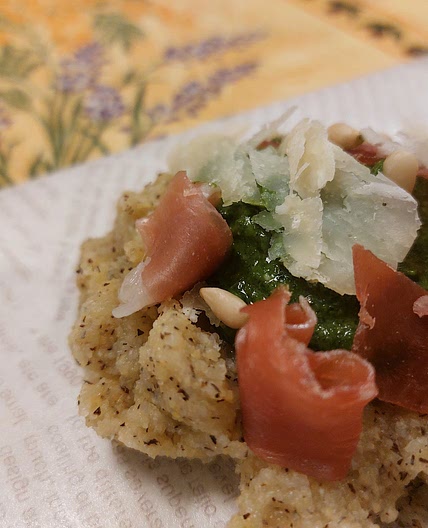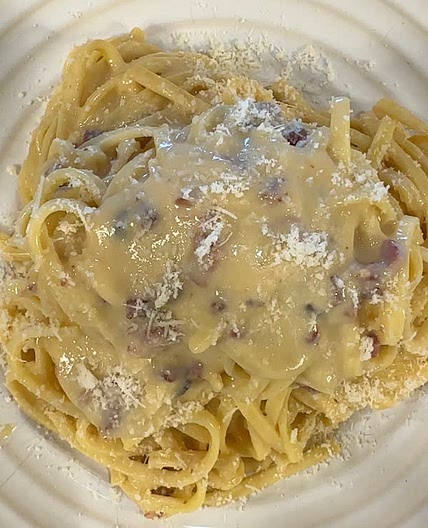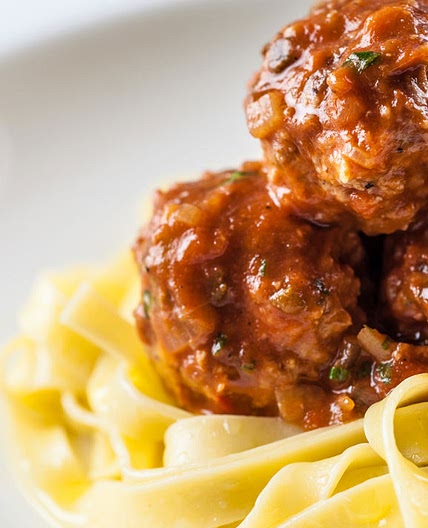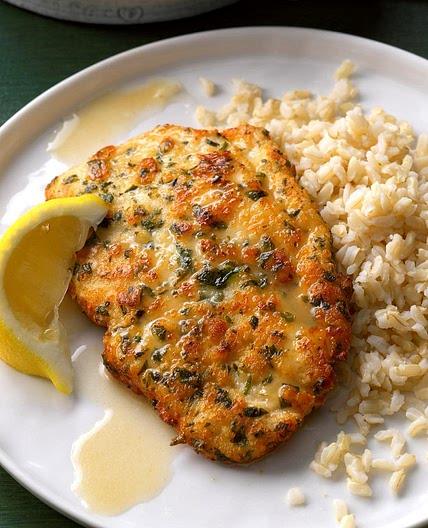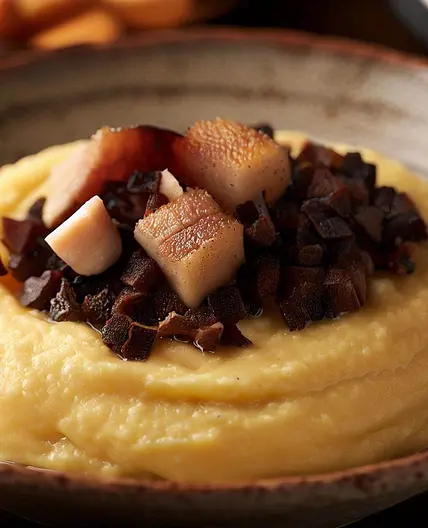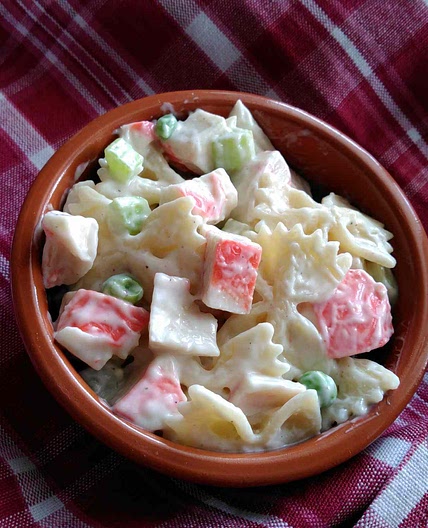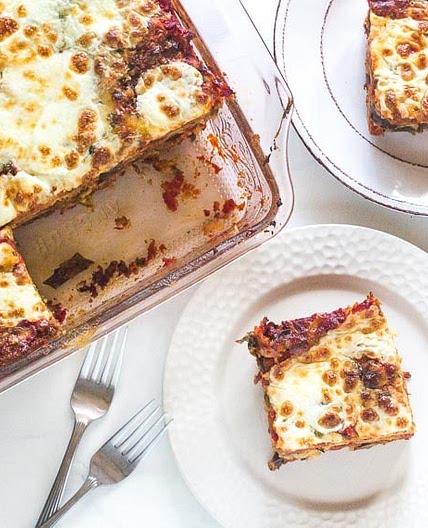By Siana Gardner
How to Use a Pasta Machine to Make Homemade Pasta
Fresh homemade pasta has a superior flavor and texture. These 10 steps show you how to use a pasta machine to make noodles at home.
Updated at: Thu, 17 Aug 2023 04:50:54 GMT
Nutrition balance score
Unbalanced
Glycemic Index
75
High
Nutrition per recipe
Calories1236.9 kcal (62%)
Total Fat17 g (24%)
Carbs215.4 g (83%)
Sugars1.3 g (1%)
Protein47.8 g (96%)
Sodium365.9 mg (18%)
Fiber7.6 g (27%)
% Daily Values based on a 2,000 calorie diet
Instructions
Step 1
Continue to 2 of 14 below.
Step 2
Combine the
Step 3
On a work surface, pour the flour into a mound, and make a well in the middle. Crack the eggs carefully into the well, making sure that the sides of the well are high enough so the eggs don't spill over. Add a generous pinch of salt to the eggs.
Step 4
Continue to 3 of 14 below.
Step 5
Mix the Dough
Step 6
With a fork, gently whisk the eggs in a circular motion, gradually incorporating flour from the sides of the well. Not all of the flour will get absorbed into the eggs. You should stop when you have a sticky mass of dough.
Step 7
Continue to 4 of 14 below.
Step 8
Scrape all of the dough together into a ball and begin kneading it, spreading a little of the extra flour over the work surface if the dough begins to stick. Knead the dough by pressing firmly into it with the heel of your hand, folding the dough over towards you, giving it a quarter turn, and repeating the pressing and folding motion. Continue kneading for three to four minutes, until the dough is smooth and elastic. Wrap the ball of dough in plastic and let rest 20 minutes on the countertop.
Step 9
In the meantime, put a pot of water on the stove to boil, since you'll want to cook the pasta soon after you've made it—otherwise it will dry out.
Step 10
Continue to 5 of 14 below.
Step 11
Wrap the ball of dough in plastic and let rest 20 minutes on the countertop.
Step 12
Continue to 6 of 14 below.
Step 13
Divide the Dough
Step 14
Set up your pasta machine, clamping it to a table, countertop, or sturdy cutting board. Turn the dial to the widest setting (usually setting number 1 on the dial). Divide the pasta dough into four pieces.
Step 15
Continue to 7 of 14 below.
Step 16
Working with the first piece (keep remaining pieces covered with plastic wrap), flatten it into a rectangle shape.
Step 17
Continue to 8 of 14 below.
Step 18
Starting with one of the shorter sides of the rectangle, feed it through the rollers.
Step 19
Continue to 9 of 14 below.
Step 20
Fold the Dough
Step 21
Once the dough has come out of the other end, fold one side of the piece into the middle, then fold the other side over that to form three layers, as if you're folding a business letter, pressing lightly on the top of the piece of dough to seal it.
Step 22
Continue to 10 of 14 below.
Step 23
Starting with one of the narrower, open sides of the folded dough, feed the pasta through the machine, again at the widest setting. Repeat the folding and rolling technique on the widest setting for a total of five times.
Step 24
Continue to 11 of 14 below.
Step 25
When you've folded and rolled the piece of dough five times, then begin rolling it thinner, by turning the dial to the next narrowest setting (most likely number 2). Roll the pasta through the machine. At this point, it's best to work with a helper, so one person can turn the crank and the other person can guide the dough into the machine with one hand and catch it with the other hand, being careful not to stretch or tear the sheet. Without folding the dough between settings, keep reducing the settings until the dough is rolled as thinly as you'd like (you do not have to go to the thinnest setting on the machine). If the sheet of pasta gets too long, you can cut it in half with a knife or a dough scraper—otherwise, you'll end up with unmanageably long noodles.
Step 26
Continue to 12 of 14 below.
Step 27
Form the Noodles
Step 28
Attach the noodle-cutting attachment to the pasta machine according to your manual's . Then, feed the thinly rolled sheet of pasta into the cutting attachment, catching the noodles by draping them over your hands as they're cranked out of the machine (again, it's helpful to have another person helping to turn the crank).
Step 29
Repeat the entire process with the remaining pieces of dough.
Step 30
Continue to 13 of 14 below.
Step 31
Continue to 14 of 14 below.
Step 32
Add a small handful of salt to the boiling water and add your pasta. Fresh pasta does not take more than 2 to 3 minutes to cook; it's done when it lightens in color and is "al dente" (firm, but tender) to the bite. Drain the pasta well and serve it with the sauce of your choice.
Notes
1 liked
0 disliked
There are no notes yet. Be the first to share your experience!


